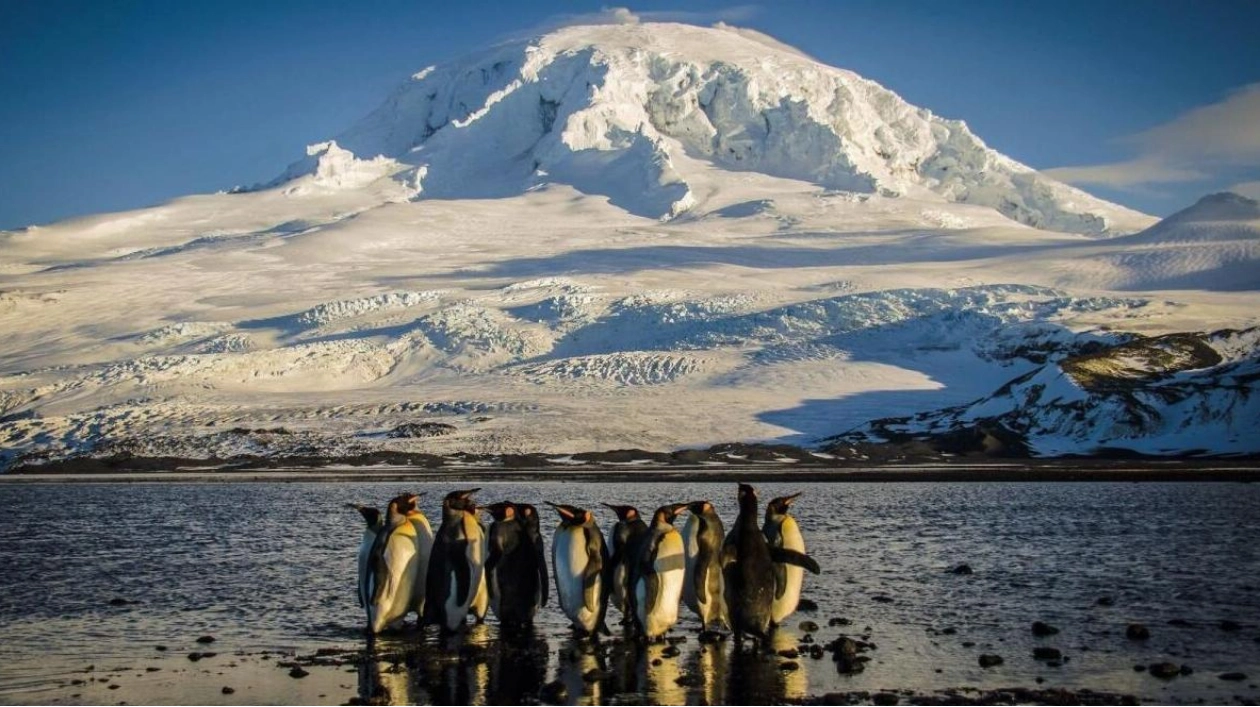Photo: AFP
Approximately 60% of meteorites discovered on Earth are found in Antarctica, and retrieving these is crucial for the UAE's astronaut mission. Dr. Aisha Al Suwaidi, an associate professor of Earth Science at Khalifa University, stated, "We understand that many periglacial and glacial landforms in Antarctica resemble those we anticipate finding on Mars. As we plan for human exploration of Mars and the first human landing there, it is essential to study environments that closely mirror those on Mars. This will significantly aid in better interpreting the Martian landscape."
She further noted, "A substantial portion of Earth's meteorites, about 60% or more, are found in Antarctica. We require more scientists and a larger collection of meteorites, with increased efforts needed in Antarctica to recover these meteorites. This is highly relevant to the UAE's astronaut mission."
Why are so many meteorites found at the South Pole? Antarctica has been a vital site for meteorite discovery, with over 60% of the 80,000 meteorites found on its icy landscape. The dark rocks contrast sharply with the white ice, making them easier to spot. However, climate change is diminishing this once-reliable method of finding space rocks. A study in Nature Climate Change indicates that about 5,000 meteorites become inaccessible annually. By 2050, 24% of these meteorites could be lost, potentially rising to 76% by 2100 under high-emissions scenarios.
Al Suwaidi also pointed out that Mars' cold, arid conditions, particularly its glacial landforms, closely resemble Earth's environments, such as the dry valleys in Antarctica. "Mars is a cold planet with numerous glacial landforms, created by significant ice masses. These landforms are similar to those seen in Earth's glacial regions." Glacial landforms are shaped by glaciers' movement, including erosion, deposition, and freeze-thaw cycles. "To understand Mars' extreme climates, we must study places like Antarctica's dry valleys, which provide insights into glacial processes similar to those on Mars. If we aim to send humans to Mars, we need to prepare them in environments analogous to Mars to observe Earth's geomorphic features similar to those on Mars," Al Suwaidi added.
In 2022, Khalifa University's Environmental and Geophysical Sciences laboratory and the Earth Science department deployed a specialized instrument, SIMBA, to study ice in Antarctica. Al Suwaidi emphasized that Antarctica's ice cores and geological formations offer a unique record of Earth's history, providing crucial insights into past environmental changes. "Antarctica is the 'beating heart' of our planet regarding ocean pathways and circulation. It holds a remarkable 'climate history' from which we can learn much." The ice in Antarctica plays a vital role in regulating Earth's climate by reflecting solar heat, supporting microscopic plants that absorb carbon, managing global sea levels, and producing cold, salty water that drives ocean currents worldwide. "To understand climate change impacts, we must study past climates, monitor current conditions, and predict future developments," she concluded.






